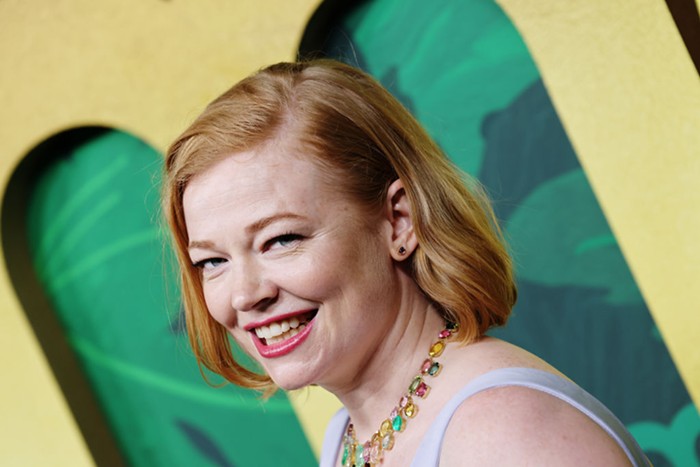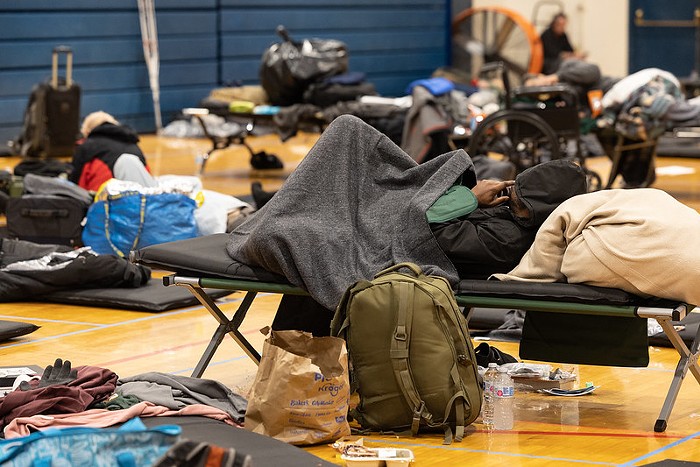Look! There's a picture above that explains it.
(Although, since the moon rotates around the earth every 28 days, I'm not sure why we don't see a lunar eclipse every month. Something to do with the tides, maybe? Oh, science!)
During a lunar eclipse, the moon doesn't disappear, but it turns orange or even blood red. OMSI is hosting a lunar eclipse party tonight on the plaza outside the museum, and they've provided this info about about tonight's schedule:
The penumbral eclipse begins at 9:29 p.m. PST and the umbral shadow takes a small, dark bite out of the left edge of the moon starts at 10:32 p.m. PST. For 68 minutes of the partial phase, the darkness engulfs more of the moon's disk as it slides into the shadow. The partial eclipse ends and totality begins at 11:40 p.m. PST and the point of the greatest eclipse occurs at 12:16 a.m. PST. The eclipse’s total phase will lasts for 73 minutes. The moon will be 66 degrees above the southern horizon at the instant of the greatest eclipse.So you'll be able to see the eclipse tonight—weather permitting.
:(
* not an accredited institution of any kind














